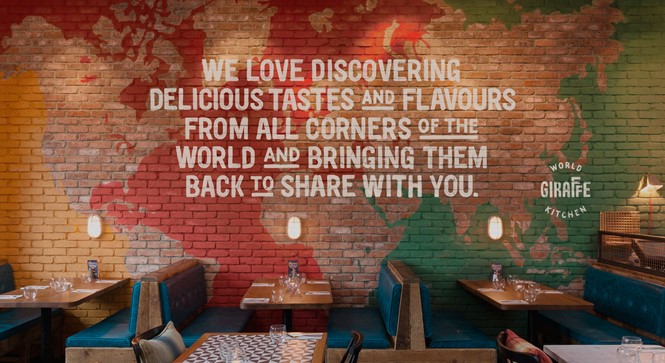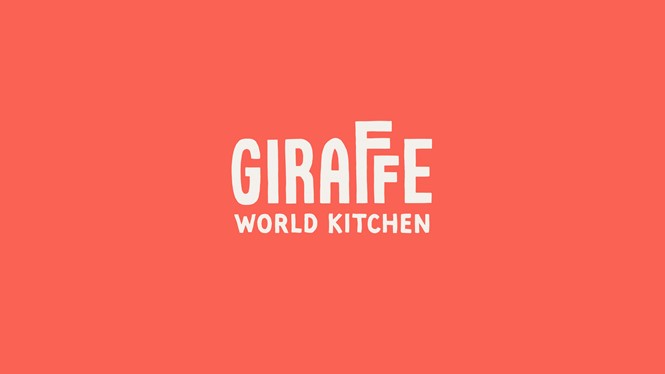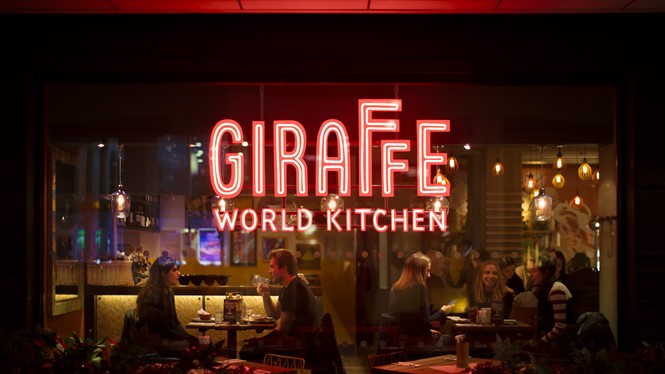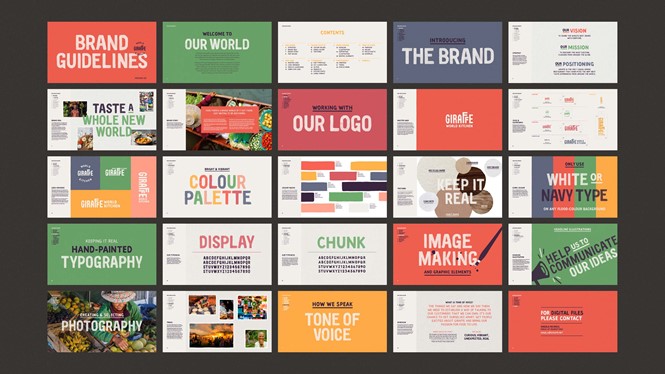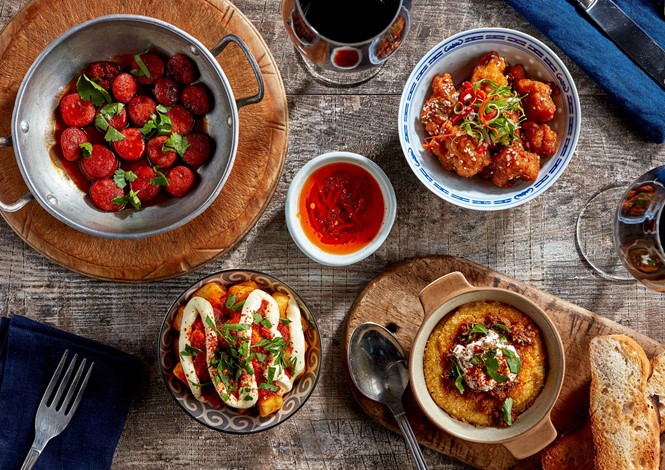Giraffe goes global in restaurant rebrand
One time, going out to eat in the UK consisted largely of making do with pub grub or a passable version of a vaguely exotic cuisine. Migration, travelling and the rise of television chefs has accounted for more sophisticated palates, leading to rise in demand for carefully selected ingredients and a generally wider selection of nationalities available.
Some brands, however, continue to disrupt the traditional model of restaurants as categorised by country or region, instead offering a selection of global cuisines under one roof. And, with 48 branches across the UK, popular restaurant brand Giraffe hopes its updated brand positioning will capture the attention of a new generation of foodies.
A significant differentiator for the historical Giraffe brand, which was founded in 1998, is its propensity to offer a huge array of global cuisine from just one kitchen. For the team behind the restaurant chain’s redesign, London-based integrated branding agency Ragged Edge, the Giraffe brand’s diversity and ingenuity became the focus of its renewed brand campaign. These brand values also led directly to the development of its new strapline – ‘Taste a whole new world’ – and the maturing of the Giraffe name, which - to give it its full name - has become Giraffe World Kitchen.
For Max Ottignon, co-founder of Ragged Edge, another obstacle presented itself in the form of Giraffe’s audience and how to increase brand reach. “The challenge was to remain relevant with its loyal customer base of families during the day, while attracting a whole new generation of evening diners demanding Instagram worthy-moments with every bite.” With social media such a powerful tool in making or breaking brand reputation, Ragged Edge recognised that for Giraffe’s new brand direction to succeed, its appeal had to be cross-generational. Another objective behind the restaurant’s aesthetic was therefore successfully appealing to the ‘Instagram generation,’ a term synonymous for teenagers and young adults looking to document their social and cultural experiences through digital, via pictures and carefully chosen words.
“The new brand idea gives Giraffe a purpose that resonates with both existing customers and the new target audience of experience-hungry millennials,” continues Ottignon. “Just as importantly it’s true to its founding purpose – to travel the globe in search of the world’s best dishes.”
And this global aesthetic is present not just in the restaurant’s food. Giraffe’s updated visual collateral reminiscent of independent kitchens found in every country, regardless of which part of the world is travelled. Vibrant yet gentle colours, from soft yellow to glowing orange, inform the bulk of Giraffe’s updated palette. An exclusively blue or white hand-painted typeface lends a rustic feel to restaurants interiors and exteriors; the brand is lent coherence through new communications strategy. Also developed by Ragged Edge, this sees everything from Giraffe’s menu suite to its signage and integrated brand campaigns updated in order to reflect its new position.
The new direction is clearly working in Giraffe World Kitchen’s favour. Originally owned by Tesco, the brand has recently undergone purchase by Boparan Restaurant Group – like-for-like sales are up by 13%. Alex Meyer, marketing director at Boparan Restaurant Group, says, “Repositioning Giraffe as a world kitchen has given us a clear purpose that resonates with both existing diners and a new audience of young professionals.”
“Ragged Edge have helped us transform the Giraffe experience – not just how we look and sound, but how the brand behaves across every channel, touch-point and audience. The results speak for themselves.”
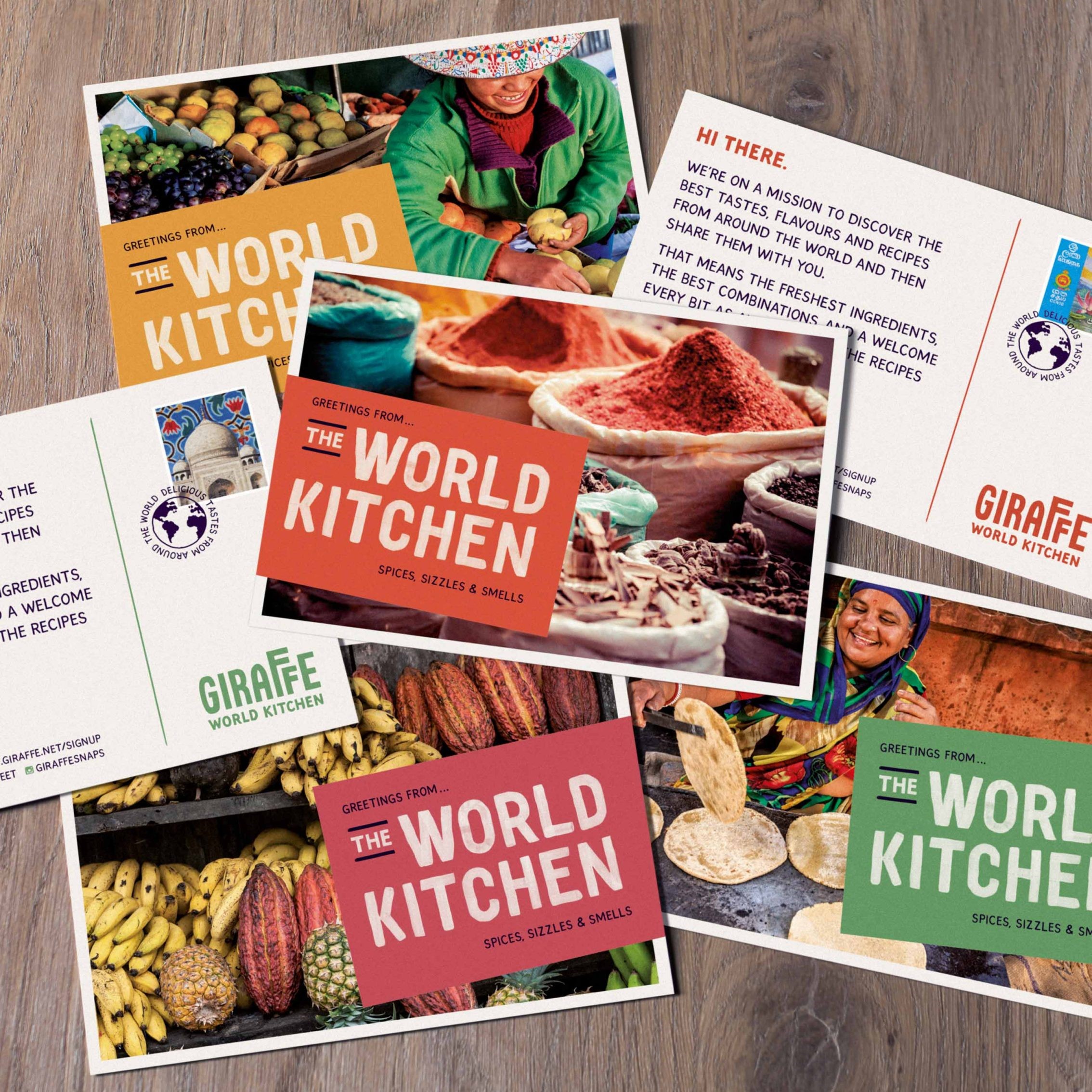
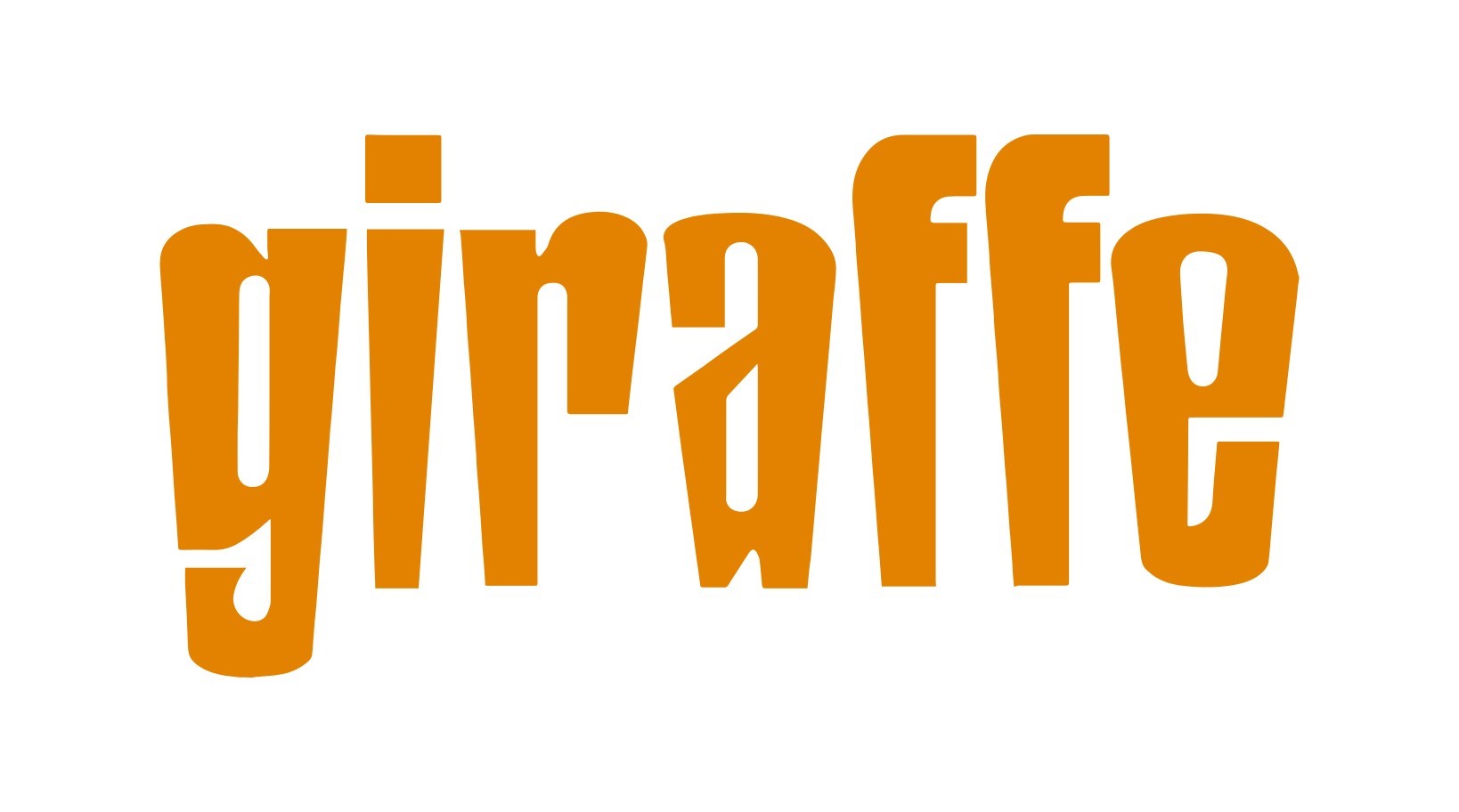
Previous Giraffe logo

